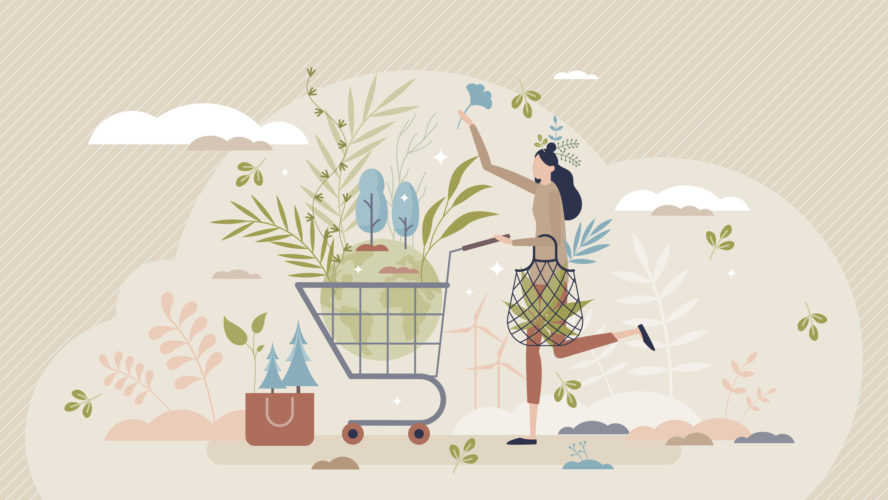
Katy Haigh
Senior Researcher, Policy Connect
Reusable and refillable packaging has the potential for significant environmental benefits. However, we must ensure these solutions do not lead to unintended harm.
In the waste hierarchy, which ranks waste management options based on what is best for the environment, reusable packaging is the second-best option — after prevention — in terms of its environmental impact. As such, reusable packaging needs to be incentivised and facilitated to the same — if not greater — extent than recycling, where appropriate.
Essence of reusable packaging
For reusable packaging systems to bring about environmental benefits, we must ensure that they do not lead to unintended negative impacts. There is a certain number of times a product must be reused for it to have a better overall environmental impact than its single-use alternative. This is called the break-even point.
The initial environmental impact of making reusable and refillable packaging can be greater than that of single-use packaging because reusable and refillable containers usually must be stronger and more durable to withstand being used multiple times.
However, over the lifetime of packaging, the negative environmental impact has been observed to decrease steeply as the product continues to be reused, as the emissions associated with the production of the packaging are spread over more and more uses. Eventually, a plateau is reached where the negative impact remains constant and relates to the transport and cleaning of the packaging.
It made little difference what the container was made of, as long as it was reused.
Reusing goes a long way
Life cycle assessment has found that the whole-life environmental impacts of reuse and refill containers can be lower than those of single-use containers. Variation between reused containers (which were either returned or refilled) was less than the difference between reusable and single-use containers. In this case study, it made little difference what the container was made of, as long as it was reused.
Policy developments such as the UK’s departure from the European Union and countries shutting their doors to foreign waste, combined with increased levels of awareness and concern about this issue among the public, mean there is an urgent need for the UK to rethink and improve its plastic waste management strategies.
Reusable and refillable packaging systems will be an important part of achieving this ambition, as they can keep materials in circulation for longer. In this way, they can have a greater potential to deliver environmental value than the linear model.
Policy Connect, alongside the All-Party Parliamentary Group for Sustainable Resources and the Sustainable Resource Forum, is currently running its enquiry on the role of reusable and refillable packaging in moving the UK to a circular economy.

